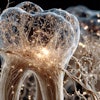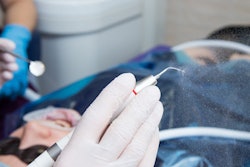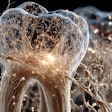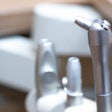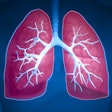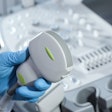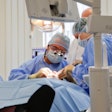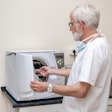Dear DrBicuspid Member,
Most clinical trials investigating the use of fluoride for caries prevention focus on children and adolescents. But preventive measures that work for other age groups may not apply to older adults. Our top story of the week covered a new review that sought to overcome this knowledge gap. The review discovered that there was not one type of fluoride that was superior to others when it comes to preventing root caries in this age group.
Cool way to reduce postop pain
Want to reduce postop pain during impacted third-molar surgery? Maybe you should consider a cool solution. Researchers found that using saline at lower temperatures when removing bone reduced patients' pain. It also led to lower levels of trismus and swelling, and patients took fewer analgesics.
Gum disease linked to increased risk of death
If you need another tool in your arsenal to convince patients to take their oral health seriously, perhaps you might share the results of a large study that linked alveolar bone loss due to periodontitis to a higher risk of death from all causes in men.
The study included more than 1,000 men who participated in the Veterans Affairs Dental Longitudinal Study with an average of 30 years of follow-ups. The authors reported that each one-unit increase in jawbone loss corresponded to a 14% increase in death risk.
Medical-dental integration in dental schools
The 231st Meeting of the National Advisory Dental and Craniofacial Research Council met this week, and Dr. R. Bruce Donoff, former dean of the Harvard School of Dental Medicine, was a featured speaker. In his presentation, he asked numerous thought-provoking questions, including what would have happened if the first dental program had been part of a medical institution.
Donoff highlighted past attempts at medical-dental integration at universities, including Harvard, his alma mater for both his dental and medical degrees. He also shared two examples that demonstrate why medical-dental integration is the key to patient-centered care: one from his career and one about the legendary racehorse Secretariat.
The toothbrush of the future
Last but not least, I want to highlight new research that could change the way we brush and floss in the future. Scientists at the University of Pennsylvania created nanosized particles that shape-shift from bristlelike extension to flosslike strings to clean teeth. These tiny bots could transform oral healthcare, particularly for people with disabilities and older adults who may not have the dexterity to use a conventional toothbrush.

